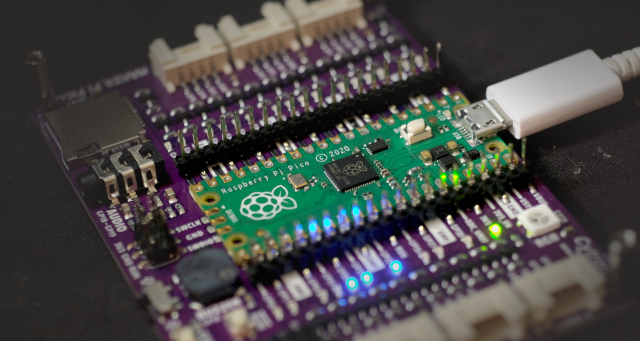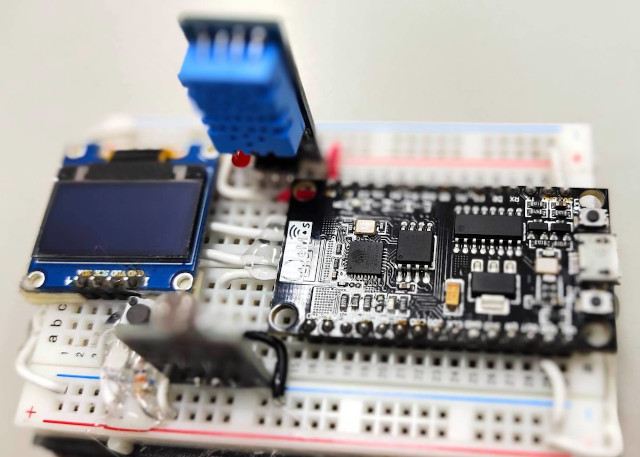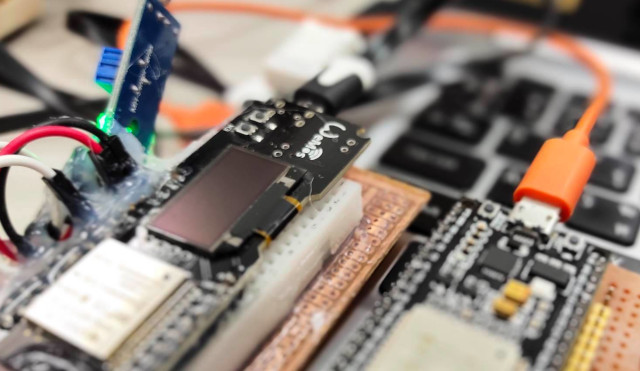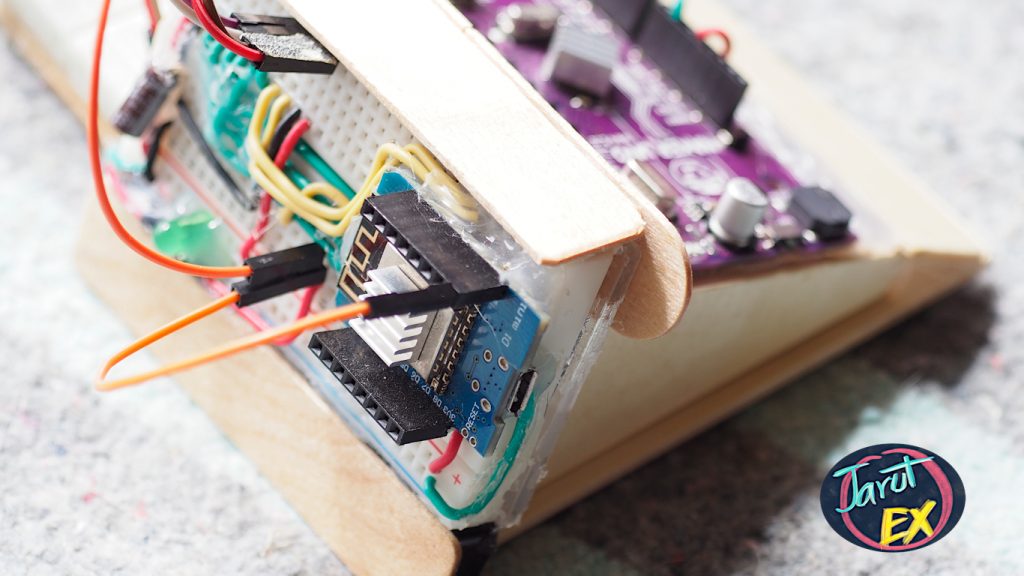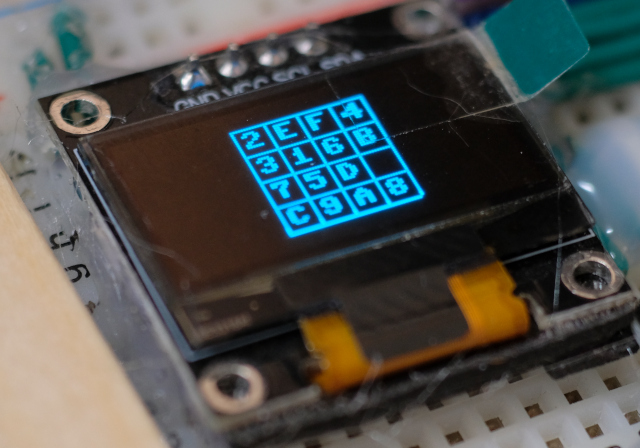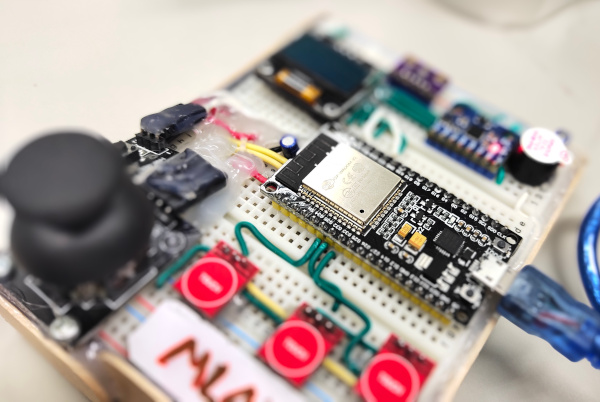[EN] Cytron Maker Pi PICO with CircuitPython
This article is an introduction to Cytron’s Maker Pi PICO Board (Figure 1) equipped with a Raspberry Pi PICO microcontroller, as well as an expansion board with the basic equipment needed to practice programming and use, such as tubes, LED, memory card reader (micro SD-Card) or speakers, etc. In addition to the introduction of the board, this article discusses the installation and use CircuitPython which is Python that has adapted MicroPython for use with Adafruit and other third-party devices. For those interested in articles on MicroPython, we recommend consulting Dr. Rawat Siriphokaphirom’s website which has much more complete details than ours.
- MicroPython for RP2040 Pico
- RPi Pico RP2040 Code Examples
- PIO Programming
- PIO Signaling and Measurement
- There is also a section CircuitPython in the article CircuitPython for Pico RP2040
